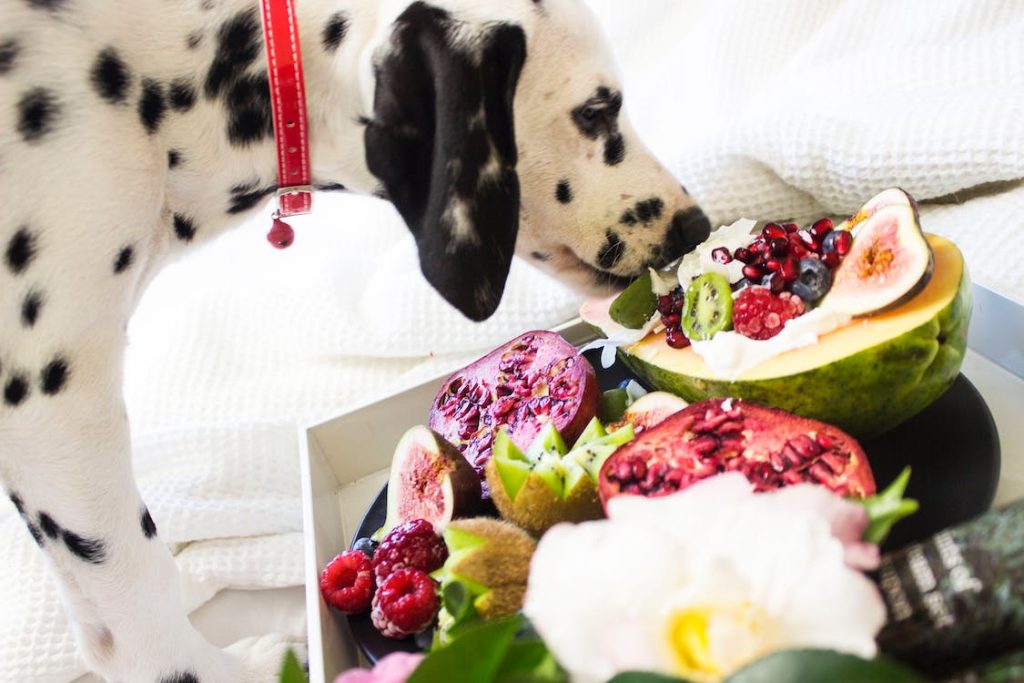If you are looking for an interesting and unique reptile to keep as a pet, African fat-tailed geckos are an excellent choice. These geckos are native to West Africa, and they are known for their distinctive appearance and laid-back temperament. In this article, we will provide you with a comprehensive guide to African fat-tailed geckos, including their natural habitat, diet, housing, and environment, breeding, health, handling and taming, morphs and genetics, fun facts, and trivia, comparisons to other gecko species, and conservation efforts.
Introduction to African Fat-Tailed Geckos
African fat-tailed geckos are medium-sized lizards, typically growing to around 8-10 inches in length. They are named for their broad, fleshy tails, which they use to store fat reserves. In the wild, these geckos can be found in the savannah and grassland regions of West Africa, where they live in burrows and crevices. They are primarily nocturnal, which means they are most active at night.
Diet and Feeding Habits of African Fat-Tailed Geckos
In the wild, African fat-tailed geckos are opportunistic feeders, which means they will eat a variety of insects, small mammals, and other prey items. In captivity, they can be fed a diet of live insects, such as crickets, mealworms, and dubia roaches. It is important to provide a varied diet to ensure that your gecko receives all of the nutrients it needs. You can also offer occasional treats, such as pinkie mice or waxworms, but these should be fed sparingly. Always ensure that your gecko has access to fresh water.
Housing and Environment
African fat-tailed geckos require a warm and humid environment to thrive. They should be kept in a terrarium with a substrate of coconut coir or reptile sand. A basking spot should be provided with a temperature of around 90-95 degrees Fahrenheit, and the ambient temperature in the enclosure should be around 80 degrees Fahrenheit. Humidity levels should be kept at around 60-70%, and a hide box should be provided for your gecko to retreat to when it wants to feel secure.
Breeding African Fat-Tailed Geckos
Breeding African fat-tailed geckos can be a rewarding experience, but it is important to ensure that you have the proper knowledge and resources before attempting to breed them. Male geckos should be at least 12 months old before breeding, and females should be at least 18 months old. The mating process usually takes place at night, and females will lay eggs around 30-45 days later. The eggs should be incubated at around 85 degrees Fahrenheit until they hatch.
Health and Common Diseases
African fat-tailed geckos are generally hardy and relatively easy to care for, but they can still be susceptible to certain health issues. Some of the most common diseases include respiratory infections, metabolic bone disease, and parasites. To keep your gecko healthy, it is important to maintain a clean and hygienic enclosure, provide a balanced diet, and monitor your gecko’s behavior and appearance for any signs of illness.
Handling and Taming African Fat-Tailed Geckos
African fat-tailed geckos are generally docile and easy to handle, but they can be shy and nervous when first introduced to their new environment. To build a bond with your gecko, it is important to handle it gently and frequently, and to offer it treats as a form of positive reinforcement.
FAQ
Where are African Fat-Tailed Geckos native to?
African Fat-Tailed Geckos are native to West Africa, specifically in countries like Ghana, Togo, Benin, Nigeria, and Cameroon.
What is the natural habitat of African Fat-Tailed Geckos?
The natural habitat of African Fat-Tailed Geckos is diverse, ranging from arid savannas and semi-deserts to tropical rainforests. They are known to inhabit rocky outcroppings, tree hollows, and abandoned mammal burrows.
What do African Fat-Tailed Geckos eat in the wild?
In the wild, African Fat-Tailed Geckos are opportunistic feeders and will eat a variety of insects, small mammals, and even other geckos.
What is the size range of African Fat-Tailed Geckos?
The size range of African Fat-Tailed Geckos is typically between 8-10 inches in length, with males typically being larger than females.
What is unique about the tails of African Fat-Tailed Geckos?
African Fat-Tailed Geckos have a unique tail that is broad and fat, which is where they get their name. They use their tail to store fat reserves, which allows them to survive in harsh environments where food is scarce.
How should you set up the enclosure for an African Fat-Tailed Gecko?
When setting up an enclosure for an African Fat-Tailed Gecko, it’s important to provide a suitable hiding place, a shallow water dish, and a substrate that holds moisture, such as coconut coir or sphagnum moss. It’s also important to provide a basking spot with a heat lamp, as well as a UVB light source.
What is the temperature range that African Fat-Tailed Geckos require in their enclosure?
African Fat-Tailed Geckos require a temperature range of 88-92°F in their basking spot and 75-80°F on the cooler side of their enclosure. The humidity level should be kept between 60-80%.
How can you tell if an African Fat-Tailed Gecko is male or female?
You can tell the sex of an African Fat-Tailed Gecko by looking at the base of their tail. Males have pre-anal pores that secrete a waxy substance, while females do not.
What is the typical lifespan of African Fat-Tailed Geckos?
The typical lifespan of African Fat-Tailed Geckos in captivity is 10-20 years.
How do African Fat-Tailed Geckos differ from other gecko species, such as leopard geckos and crested geckos?
African Fat-Tailed Geckos differ from other gecko species in several ways, including their unique fat tail, their different habitat preferences, and their more docile and less active nature. Leopard geckos are also from arid regions of the world but have a more slender tail and a different appearance. Crested geckos are tree-dwelling and have a distinctive “crest” of skin along their head and back.







